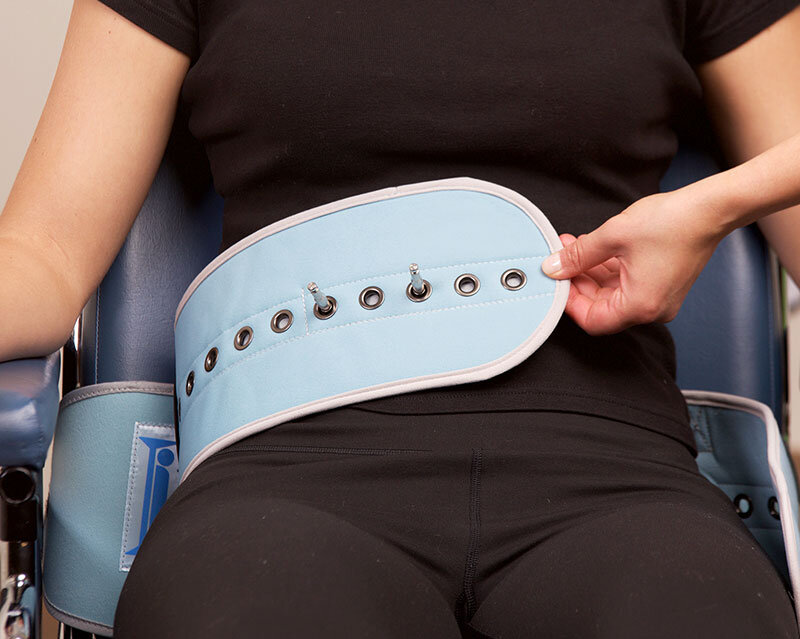Pinel Medical’s waist belt is multipurpose
Estimated reading time: 2 minutes, 48 seconds
Pinel Medical’s waist belt is multipurpose
When some people think of a restraint, they think of a straitjacket. Back in the 18th century, that’s exactly what it was! Despite technological advances since then, the association with a straitjacket unfortunately lingers in the minds of many.
At Pinel Medical, we know this misconception shouldn’t, and doesn’t have to continue. We’ve created state-of-the-art restraint systems that are soft and flexible, while still providing maximum safety and security. What’s more, they can be applied incredibly quickly… very different from the constrictive products of the past.
In this post we correct another common misconception, that a gait belt and a waist belt are two completely different types of restraint. With our waist belt, this is not the case.
Pinel Medical’s waist belt incorporates the benefits of a gait belt
Sometimes our waist belt is referred to as a gait belt. But a gait belt is different. It’s like a waist belt. It goes around the waist. The caregiver puts the gait belt on a patient who has balance or other mobility issues to aid in safe movement, from a standing position to a wheelchair, for example. The nurse holds the gait belt from the back and guides them. Sometimes the belt is made of vinyl, which is a hard plastic – not as comfortable as soft fabric.
Here’s where our waist belt is different:
Our waist belt does the job of a gait belt as well. It attaches around the patient’s waist, preventing them from falling out of bed or the chair. For this reason, we highly recommend using the waist belt during a patient’s normal rest periods.
Our waist belt allows the patient to move comfortably and to do more. They can roll around and sit up. They can wear it in a chair, where it gives them more freedom. The caregiver can direct the patient more easily, and if the patient falls while standing up, can bring them back up quickly.
Our waist belt comes with an attachable pelvic strap. The strap is intended to stop the upward movement of the waist belt over the thorax, preventing strangulation or positional asphyxia. We strongly encourage staff to apply the pelvic strap. When used with the waist belt, the patient can make full rolls on their side. The sewn-in attachment straps prevent a further roll over the side. This is great to prevent bed sores or when giving injections.
It’s really quick to disconnect our waist belt to make it into a gait belt. You only have to remove one button. This saves the caregiver a lot of time and energy. And it’s less traumatic for the patient.
Pinel Medical’s waist belt saves the hospital money
Our waist belt is a budget bonus for hospitals because they only have to buy one type of belt. Nursing staff can keep the patient in the same restraint, instead of switching back and forth between a gait belt and a waist belt. They just unhook one side of the waist belt to walk the patient along. They're not repeatedly un-restraining and re-restraining the patient, so it’s less dangerous, less traumatic. All in all, it’s a win-win situation.
To learn more about the Pinel waist belt and other innovative products in the Pinel Medical De-restraint System, and to access our comprehensive training program, please book your free consultation with us. We look forward to making your on-the-job healthcare routines work better for you.




